Talking about the phenomenon of many people wanting to buy interstitial land, Mr. Pham Duc Toan, General Director of EZ Real Estate Investment and Development Joint Stock Company (EZ Property), analyzed that interstitial land is garden land, agricultural land (not yet recognized as residential land) located in residential areas, or surplus land after planning.
Interstitial land has the advantage of being cheap and located in densely populated residential areas, but it also has many potential risks because it does not have a red book.
Therefore, land buyers may face the situation of not being able to build a house due to the complicated procedures for converting agricultural land to residential land. The concept of interleaved land has not been specifically stated in legal regulations, so disputes are likely to arise and the disadvantage will fall on the buyer.
“ If the land is not converted to another use, you will not be able to build a house or other permanent structures on it. This means you can only leave it vacant and wait for planning, which can last for decades. Investment capital is therefore also “buried” for a very long time ,” said Mr. Toan.
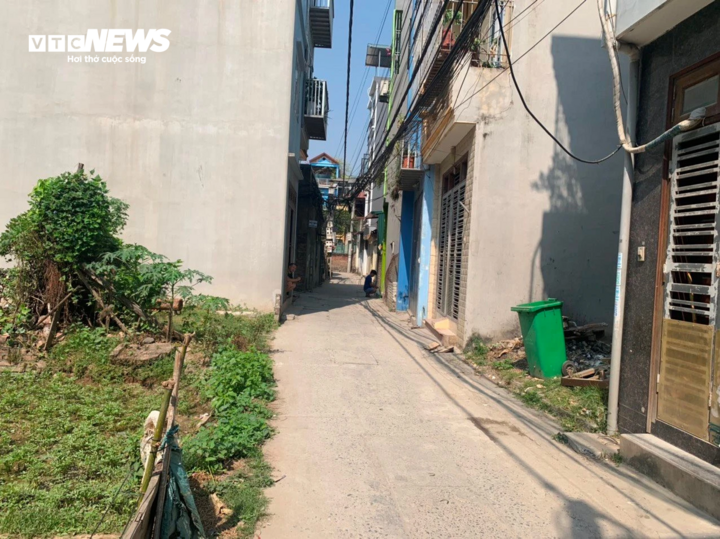
Be careful when buying interstitial land. (Photo: Ngoc Vy).
Besides, according to Mr. Toan, if buying land to build a house, interstitial land is not a suitable choice. The area of interstitial land is often small and narrow (under 50 m2), the location and terrain are not convenient for long-term living.
The second risk that buyers face, according to Mr. Toan, is that interspersed land has not been regulated in legal documents, so when it is recovered, the owner will not be compensated according to the issued land price framework.
In addition, in case of transfer, the land must have a red book and no disputes, while the transaction of buying and selling interstitial land often only has a handwritten contract.
“ When facing financial pressure and forced to sell land, buyers will take longer to liquidate, and it may even be very difficult to sell. The biggest risk is that buyers may lose all the money they spent if they buy a piece of land that is involved in a long-standing dispute,” Mr. Toan emphasized.
Sharing the same opinion, Mr. Giang Anh Tuan, Director of Tuan Anh Real Estate, also warned that interspersed land is attractive on the outside, but inside it has many hidden risks. If not careful, investors can easily lose everything.
According to Mr. Tuan, the interspersed plots of land without red books are offered at very reasonable prices. However, when deciding to spend money, the buyer needs to realize that it is a game of "red and black". The winning and losing ratio for this gamble is 50/50, because without a red book in hand, there is no guarantee.
Granting red books for these interspersed plots of land is not simple. These interspersed plots of land often only have temporary land allocation papers, in photocopied form and have been through many hands.
Therefore, if you want to buy interspersed land, to limit risks, investors should carefully consider planning information and ownership at local authorities; Make a written sales contract, with full signatures of both parties and should have additional confirmation from a third party to prevent future litigation. For land with a certificate of ownership, it is necessary to carefully check and follow the correct purchase and sale procedures.
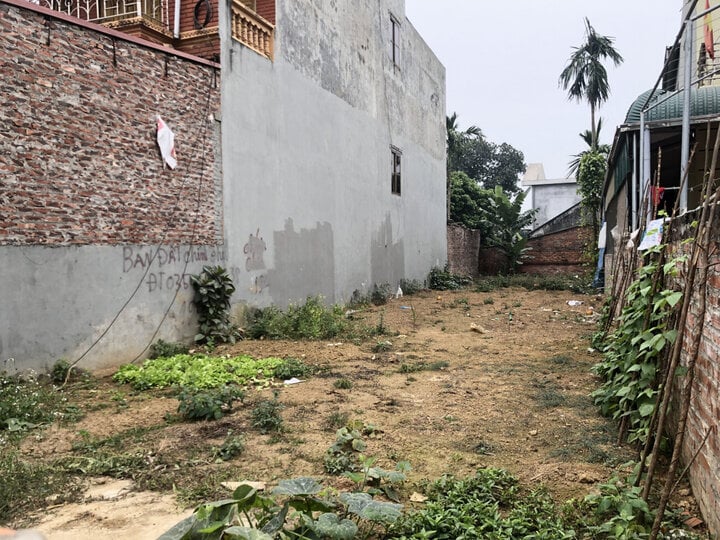
Buying land in between can result in a total loss. (Photo: Ngoc Vy).
“ Buyers must consider carefully before investing in this type of property, and at the same time, find out clearly the information about the origin, land documents, and local planning regulations where the land is located to avoid disadvantages and disputes later, ” Mr. Tuan emphasized.
According to Lawyer Le Van Hoi, Director of My Way Law Firm, at present, the law does not have a legal term for “interlaced land”. Therefore, buyers will face many risks such as: not ensuring the conditions for transfer and acceptance of transfer according to legal regulations; encountering many difficulties in applying for a Certificate of land use rights; difficulty in building and creating assets on the land; to convert it into residential land, buyers must pay a large additional cost.
Therefore, buyers should learn about the policy of converting land use purposes for the interstitial land that is expected to be transferred. Calculate in detail the costs incurred when converting the purpose of use from agricultural land to residential land.
In addition to the financial obligations due to the difference between the two types of land that people can find out in the land price list, they should pay attention to the official costs when converting land use purposes. When there is a detailed calculation of the conversion costs, people can know exactly the actual amount of money they have to spend to receive the transfer of interleaved land.
Buyers should also be cautious and consider carefully before building houses or properties on land on interspersed land when the conversion of land use purpose to residential land has not been completed, especially when building permanent, long-term structures.
People also need to consider choosing to sign appropriate contracts and transactions to protect their rights in case of disputes, especially when land prices increase.
Chau Anh
Source








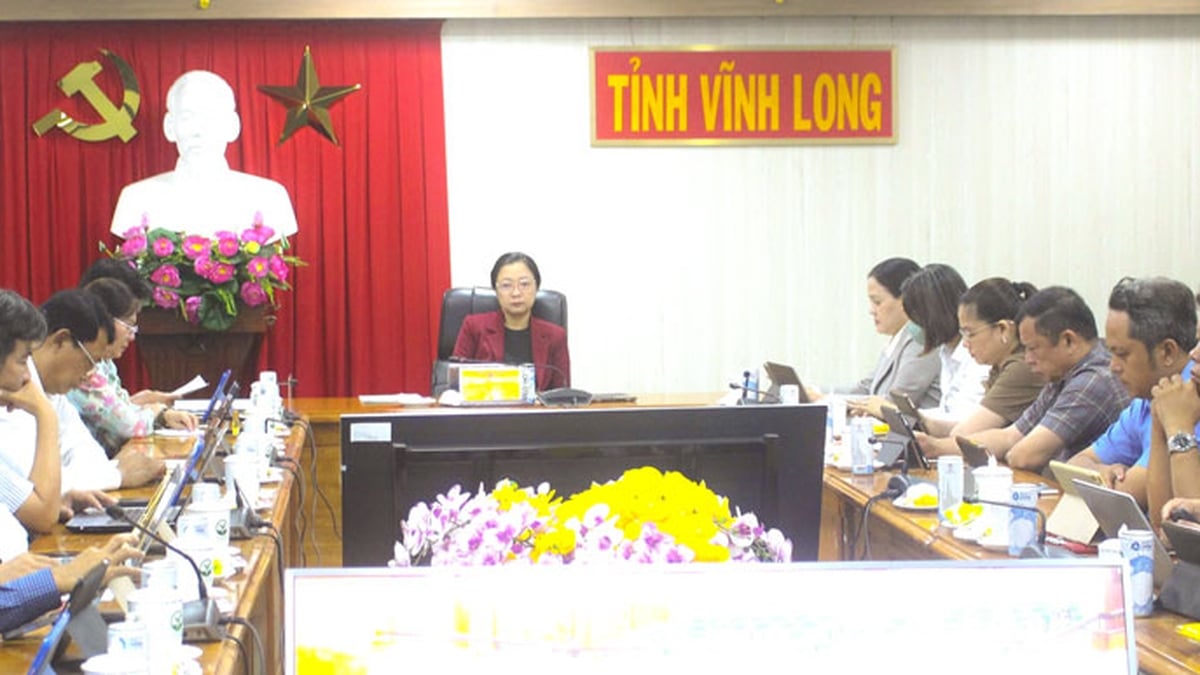


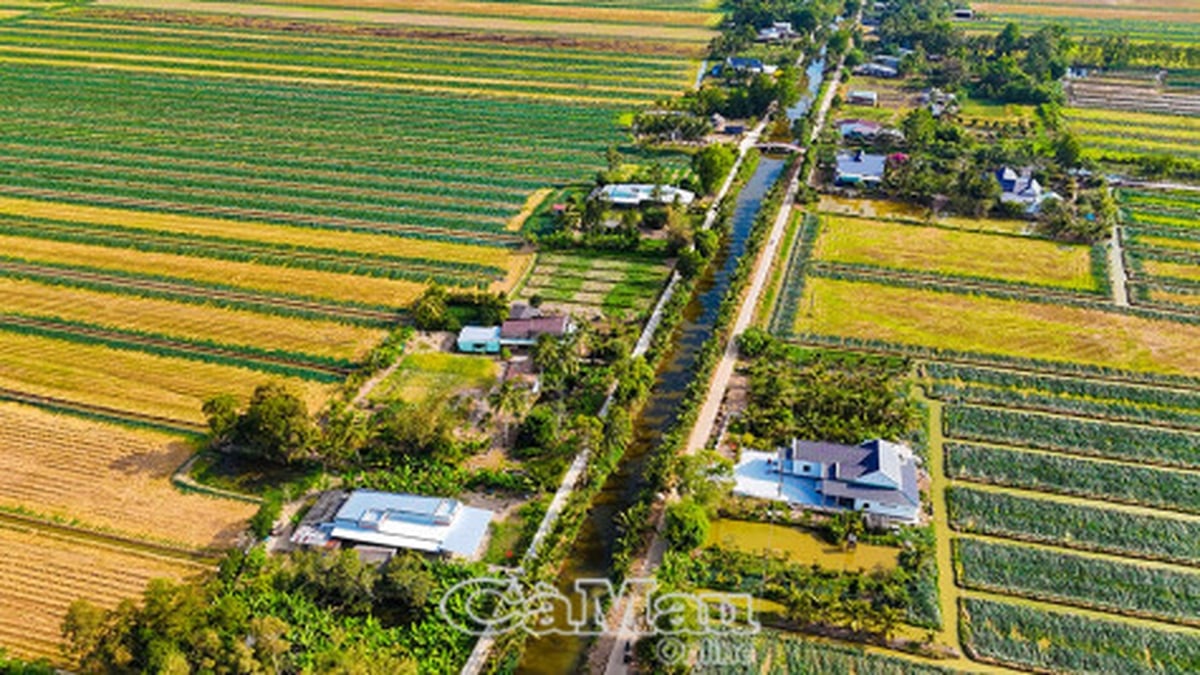












































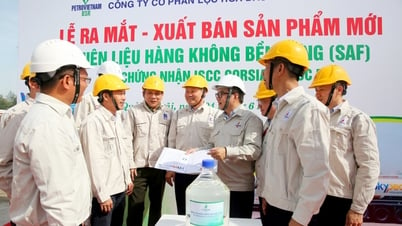





![[Maritime News] More than 80% of global container shipping capacity is in the hands of MSC and major shipping alliances](https://vphoto.vietnam.vn/thumb/402x226/vietnam/resource/IMAGE/2025/7/16/6b4d586c984b4cbf8c5680352b9eaeb0)










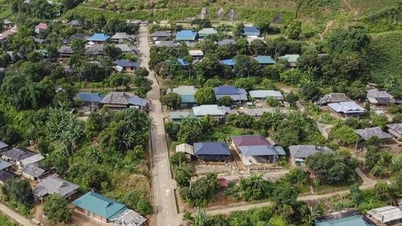



























Comment (0)